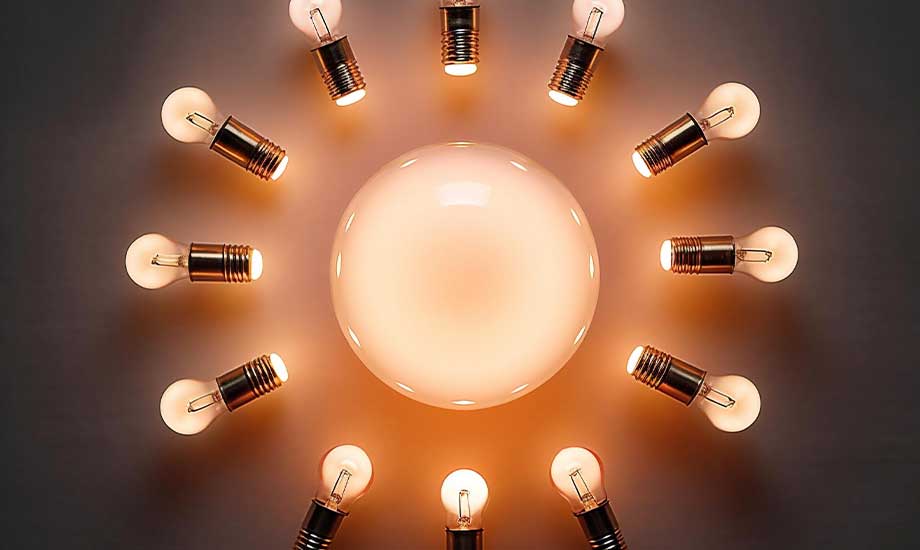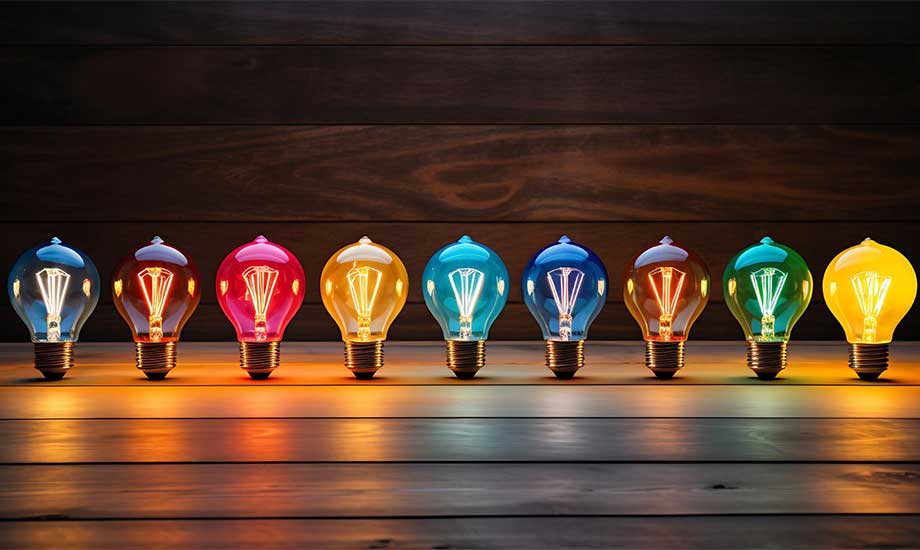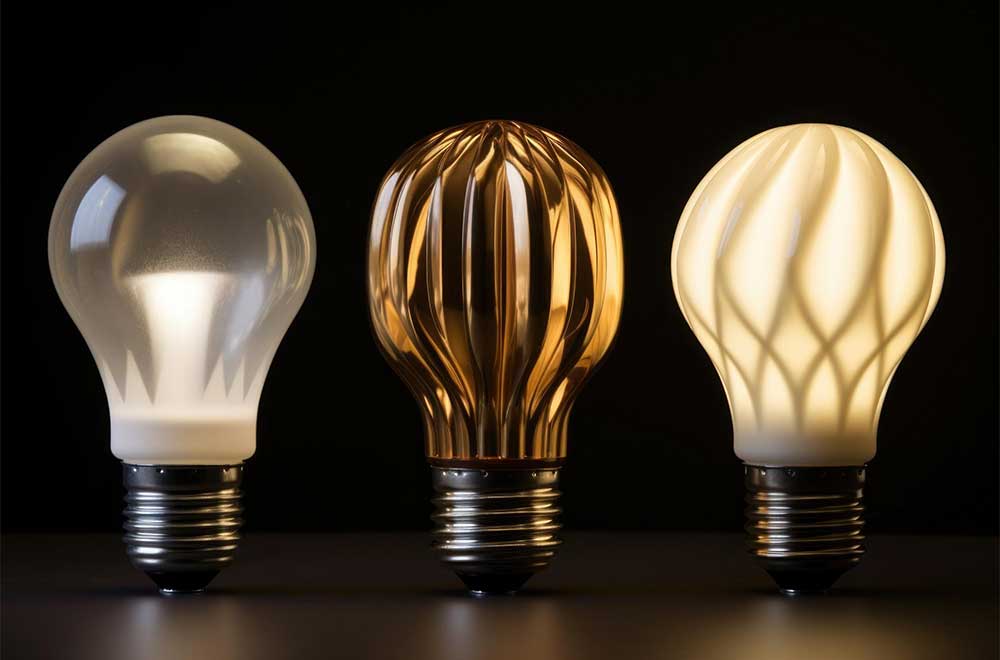The lighting industry has seen a significant shift towards energy-efficient and eco-friendly solutions in recent years. LED (Light Emitting Diode) lighting is at the forefront of this change, outshining traditional incandescent bulbs. This article explores the numerous benefits of LED lighting, highlighting its advantages over incandescent bulbs.
1. LED Over Incandescent Bulbs: Energy Efficiency
LED lighting is renowned for its extraordinary energy efficiency, a crucial benefit in our environmentally conscious era. LEDs use a fraction of the electricity to produce the same brightness as incandescent bulbs. With energy savings averaging between 75-80%, LED bulbs have become the preferred choice for both homes and businesses, leading to substantial reductions in electricity bills and carbon footprints.
2. LED Over Incandescent Bulbs: Longevity
One of the remarkable advantages of LED bulbs over incandescent bulbs is their extended lifespan. While incandescent bulbs typically burn out after around 1,000 hours, LEDs can keep shining for up to 25,000 hours or even longer. This longevity means fewer replacements, leading to lower lighting maintenance costs and less waste ending up in landfills.
3. LED Over Incandescent Bulbs: Durability
LED bulbs are known for their exceptional durability and resistance to shocks, vibrations, and temperature fluctuations. Unlike fragile incandescent bulbs, LEDs are built to last, making them perfect for outdoor use where they can withstand harsh weather conditions with ease. Whether it’s rain, snow, or extreme temperatures, LED lighting remains reliable, providing consistent illumination without the risk of breakage.

4. LED Over Incandescent Bulbs: Instant Illumination
LED bulbs provide immediate illumination, doing away with the warm-up period needed by incandescent bulbs. This quick response is crucial in areas that require instant bright light, such as parking lots, warehouses, and security lighting. Furthermore, LEDs perform exceptionally well in cold environments, maintaining efficiency and reliability even in refrigerators and freezers. Their ability to operate flawlessly in low temperatures ensures steady performance where traditional bulbs might struggle.
5. LED Over Incandescent Bulbs: Heat Generation
Incandescent bulbs are infamous for their inefficiency in converting electricity into light, as they emit a substantial amount of heat along with light, posing safety hazards and wasting energy. In contrast, LED bulbs generate minimal heat, improving safety and energy efficiency. This characteristic makes LED lighting perfect for enclosed spaces and task lighting, where heat generation is not desirable.
6. LED Over Incandescent Bulbs: Color Options and Dimming
LED lighting provides a broad spectrum of color temperatures and color options, enabling users to tailor the ambiance and mood of a space. Moreover, many LED bulbs are compatible with dimmer switches, offering users control over the level of brightness. While incandescent bulbs can be dimmed, they are less flexible in color options and may need to be more efficient when dimmed.

7. LED Over Incandescent Bulbs: Environmental Impact
LED lighting presents significant environmental benefits, being free from hazardous materials like mercury found in CFLs. With considerably reduced greenhouse gas emissions and a smaller carbon footprint from electricity usage, LEDs play a crucial role in sustainability initiatives aimed at combating climate change. By opting for LED technology, individuals are contributing to a greener future, aligning with environmental conservation objectives, and promoting a healthier planet.
LED Over Incandescent Bulbs: The Future of Lighting
It’s clear: LED is the future of lighting. LED lighting is the preferred choice over traditional bulbs, offering energy efficiency, durability, and environmental advantages. As we strive for a sustainable future, LED lighting lights the way to a greener world. Make the switch to LED today and illuminate your surroundings while shrinking your carbon footprint. Be part of the shift towards a more energy-efficient future with LED lighting.
Contact Expert Electric
At Expert Electric, we’re always ready to assist you with your lighting needs. Whether you’re considering making the switch to LED lighting or need advice on the best lighting solutions for your space, our team of experienced professionals is here to help.
Our commitment to energy efficiency and sustainability, coupled with our extensive knowledge of LED technology, makes us the ideal partner for your lighting projects. We understand the importance of reliable, efficient, and environmentally friendly lighting, and we’re dedicated to helping you achieve these goals.
To get in touch with us, please fill out the contact form on our website, and one of our lighting experts will get back to you as soon as possible. We look forward to illuminating your path towards a brighter, more sustainable future with LED lighting.
Join the movement towards a more energy-efficient future with Expert Electric. Contact us today!


